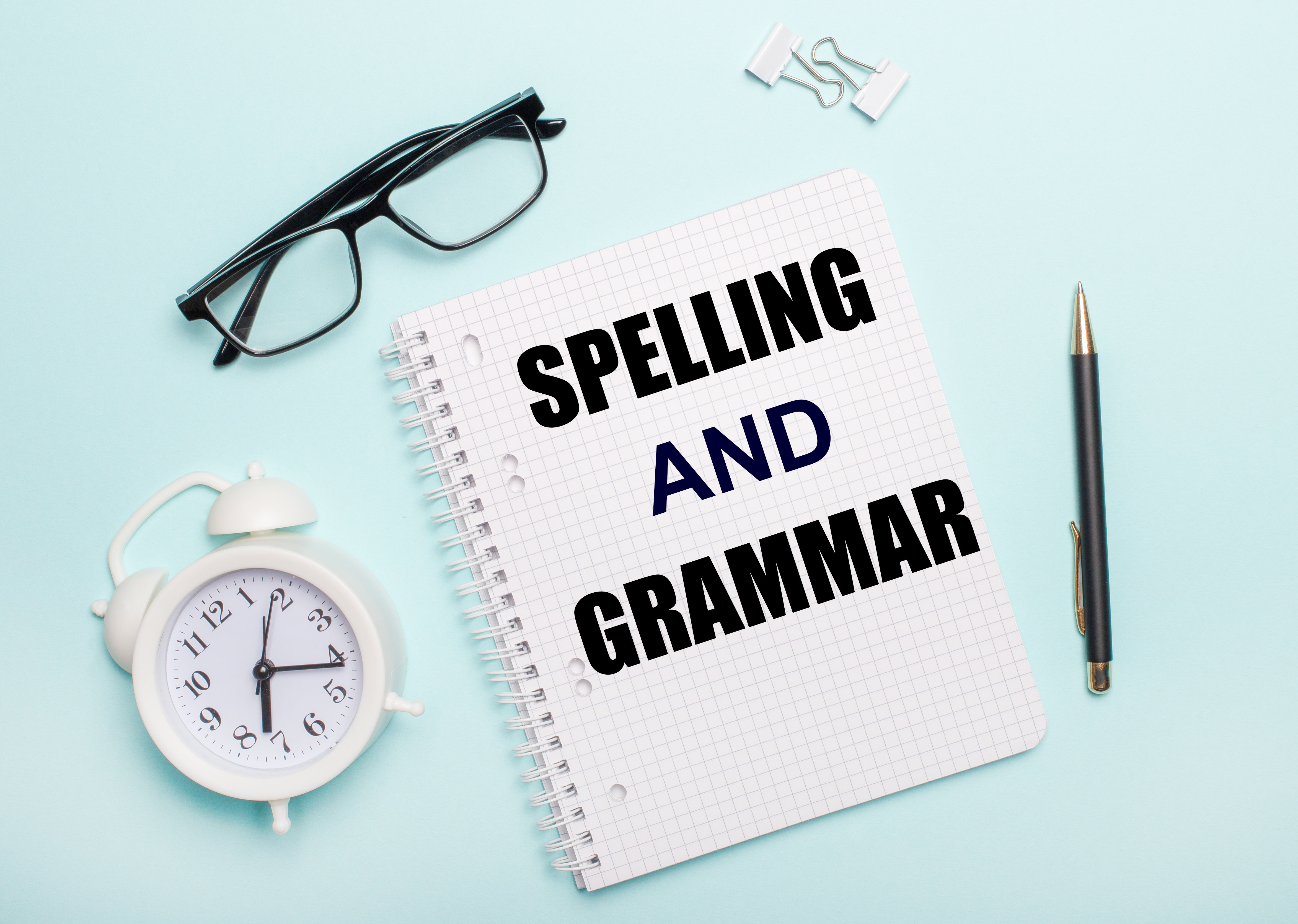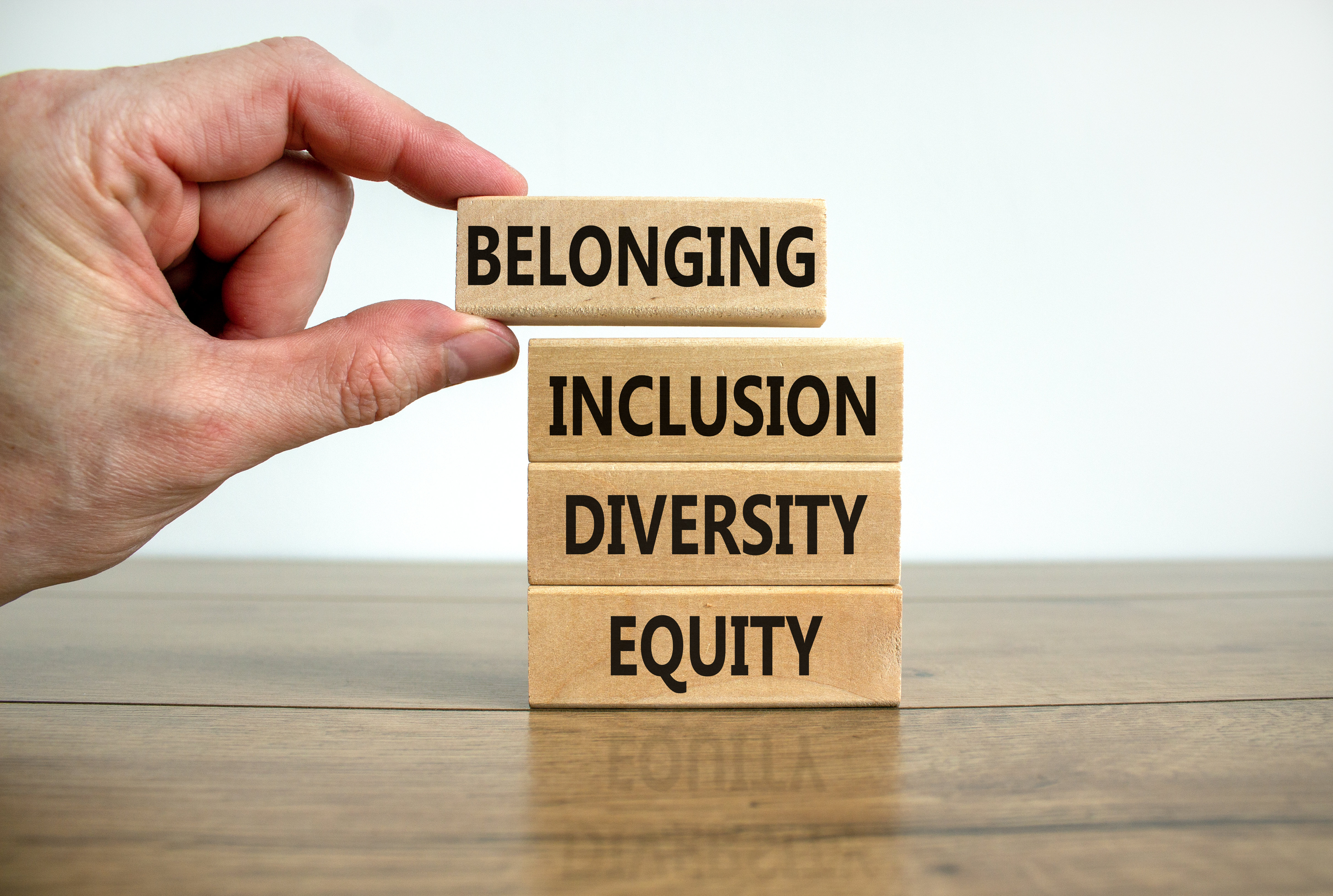The final step to creating any piece of content marketing is to edit the copy and graphics to ensure they are free from errors. This is a step that cannot be overlooked, as both loyal and potential customers alike are quick to point out any mistakes that have been made. A mistake that makes it into a final copy can be off putting. Depending on the mistake, it can result in your audience thinking that your brand doesn’t take its work seriously. If the mistake is big enough it also has the potential to be something that becomes viral and shared with millions across social media. Either option doesn’t put your business in the best light. As such, the editing component in marketing is something that cannot be neglected.
Editing a piece of content marketing of course involves making sure spelling, grammar and punctuation are all correct and follow your specific house style. There is more, however, that needs to be examined in order to create a piece of content that is free from errors and that will keep your brand from becoming the butt of an internet joke.
In this blog article, we explore the areas of editing that are often overlooked when proofreading a piece of content marketing before it is published. Specifically, we look at commonly misused words that tend to squeak past the editing process, as well as other areas of language that tend to be troublesome.
Have You Used The Correct Spelling?
This one may seem like a no-brainer at first. Checking for the correct spelling is one of the first and easiest things to look for when editing a piece of content marketing. Spell check can do the bulk of the work for this, and you should always pay attention to those little red lines, but it’s important to not rely on it for a variety of reasons. While spell check will find your most egregious errors, there are many times that it will not catch some of the most commonly misused words in the English language.
One of the areas it often misses is when homophones are used incorrectly. A homophone is a word that is pronounced the same as another but has a different spelling and meaning. Grammarly has quite an extensive list of homophones (as well as a much more detailed explanation of what they are), but some of the most commonly misused words to watch out for in marketing are as follows:
Then: An adverb used to place events in time or things in order.
Than: A conjunction used to compare things.
Principle: A noun that means a fundamental truth.
Principal: A noun or adjective meaning someone or something first in rank, authority, importance or degree.
Complement: A noun and a verb demonstrating completeness or the process of supplementing something.
Compliment: A noun or a verb that shows praise or the expression of courtesy.
Capital: The city where a seat of government is located, an uppercase letter or money.
Capitol: The building where U.S. Congress or state legislature meets.
Sight: Something seen.
Site: A place or a location on the internet.
Cite: To quote something.
Discreet: To be prudent or circumspect.
Discrete: Detached or separate.
While some of these homophones may seem impossible to misuse, I can’t count the number of times that I’ve seen spelling mistakes such as these make their way into the final copy of a piece of content marketing. Taking the extra step to make sure that you’ve used all of your words correctly is essential to creating a piece of content that will be taken seriously by your target audience.

Are There Any Commonly Misused Words, Expressions Or Phrases?
Even if you’ve checked your entire piece of content marketing for correct spelling, there is still a chance that you may have misused a word, phrase or expression. Spell check programs rarely catch these errors, and sometimes the errors are so ingrained in a person’s mind that they don’t even know they are errors in the first place! Grammarly has put together a great list of some of the most commonly misused words in the English language. Some of the most prevalent I’ve seen in marketing are listed here:
Affect: To influence something.
Effect: To cause something or a result of something.
*A tip to help you decide which one to use is to try and substitute alter or result instead. If alter fits, use affect. If result fits, use effect.
Assure: To make sure or give confidence.
Ensure: To guarantee.
Insure: Used in references to insurance.
Emigrate: To leave a country.
Immigrate: To move into a country.
*The same principle holds true for emigrant and immigrant.
E.g.: For example.
I.e.: That is.
Empathy: Understanding another person’s perspective or feelings.
Sympathy: Feeling sorrow for someone else’s suffering.
Farther: Refers to physical distance.
Further: An extension of time or degree.
Lay: To put or to place.
Lie: To recline, be situated or to exist. It can also mean to make an untrue statement.
Loose: Not confined or restrained.
Lose: To misplace something or to not win.
Toward: Standard American English.
Towards: Standard British English.
While these commonly misused words may not seem like a big deal, using them incorrectly can give the wrong impression of your brand very quickly. Consumers make snap judgments when they see something wrong, and once they develop an idea of who or what your business is about, it can take a while to change their minds.
Is My Language Inclusive?

Another area to look out for when editing your content marketing is checking that you’ve used inclusive language as much as possible. For a much more thorough explanation of what using inclusive language can look like, refer to this Three Girls’ blog article. Essentially, your goal should be to be conscious of the language you use so that you do not inadvertently exclude anyone from the conversation. There are several areas to be on the lookout for with regard to inclusive language.
Gender-neutral Language: Use gender-neutral terms whenever possible. Examples of this are to use partner, student, firefighter, humanity and they.
Ethnicity, Race And Nationality: Use racial or ethnic terms that the particular group uses themselves, do not perpetuate stereotypes and refer to race only when relevant to the context.
Disability, Health And Neurodiversity: Use person-first language, mention a disability or condition only when relevant and avoid terminology that suggests a person suffers from their disability.
Age: Avoid negative attitudes about aging and use language that conveys aging as a normal part of life.
Socioeconomic Status: Use person-first language, avoid language that blames people for their circumstances and do not use words that can be associated with negative connotations.
Plain Language: Use words that should be understood by most people, explain words that may be new as well as words that someone who speaks limited English may be unfamiliar with.
Taking the time to ensure that each of these areas is inclusive is an important step to making sure that your content marketing reaches as many people as possible. As many of the preferred usage terms can change over time, the Conscious Style Guide is an excellent resource for staying on top of this subject.
Have I Used Too Much Jargon?

The use of jargon is another thing to be on the lookout for when editing your piece of content marketing. Jargon is the special vocabulary that an occupational group uses. While it can be useful in some cases, particularly when you are trying to build credibility or demonstrate your industry knowledge, on the whole it should be used sparingly.
Liam Gray from blend discusses some of the negative effects that using too much jargon in your content marketing can have. Among these are that it can feel less authentic, it can be confusing and it can mean different things to different people or industries. If your goal is to create content with your audience in mind, write for them, not yourself. When in doubt, make sure to explain what a term means instead of just assuming that your audience already knows. Since we are discussing content marketing specifically, Content Champion has a full glossary of marketing terms that could be considered jargon:
Content Marketing: The strategy of creating and publishing high-quality content to support and enhance marketing activities, build audiences and develop consumer trust.
CTA: Call to action. A trigger used to convert leads into customers. Content marketers design content with these in mind – what is the desired outcome?
Keyword: A word or phrase that helps people find your web page in a search engine.
SEO: Search Engine Optimization. Improves a website’s performance in search engines, making the page easy to find.
Tags: A label attached to a web page, blog post, image or video that summarizes its content.
ALT-tags: A short text description of an image or web page that makes it easier for search engines to find or that is used with text-to-speech tools.
Analytics: Refers to the analysis of data to obtain information and insight. Often shorthand for Google Analytics.
This is not to say that jargon and the above words shouldn’t be used, but always consider your audience and provide a short explanation about what the word means. It doesn’t take much more time and it opens your content to a much bigger audience.
Does My Writing Conform To The Correct Style Guide?
Most companies either use one of the major style guides (Associated Press, Chicago Manual of Style or American Psychological Association) or have their own in-house style guides to use when editing content marketing. These guides inform how you should treat things like numerals, hyphens, quotations, titles of books, italics, capitalization and so on. It’s especially important to consult whatever guide you are using in your content marketing, as having a mix of styles and usages can be confusing to the reader. While constantly checking the style guide to see if you should spell out a number or hyphenate a word can be tedious and time consuming, it really does take the guesswork out of everything and can make creating your content marketing much easier in the long run, especially the more you use it!
Another thing to be especially mindful of when you’re creating content is that different style guides use different dictionaries. While they may not have many differences, there will be times when different dictionaries allow for spelling variations or have differences in capitalization or hyphenation. Make sure you’re consulting the correct dictionary when editing your content, and don’t rely on spellcheck to know which style guide or dictionary you’re supposed to be using!